|
28th July 2021 We were at The Sovereigns in Woking on a Wednesday for an impromptu evening of gaming. It's a Wonderful World, where you can lead a idyllic, tranquil life, except It's a Wonderful World is anything but! It's a dystopian, industrialised future in which competing factions vie for resources to create the most powerful empires. It's a Wonderful World indeed. What's in a game?
The development cards contain quite a lot of info, but the iconography is consistently clear and they never feel cluttered. The art used throughout the game is consistently good, colour is also well used, making the game bright and eye catching. It's a bit of a shame that when development cards become stacked, the art is no longer visible. so a thumbs up for the presentation. How's it play? Setup
On to play. It's a Wonderful World is played over 4 rounds and each round has 3 phases, drafting planning and production. The planning and production phases occur simultaneously and have no turn order
Endgame Once the 4th round has been completed, player calculate their scores. Some cards will provide a straight victory point score. General/financier tokens provide a victory point each. Finally, some cards have scoring combos dependant on other cards or the general/financier tokens. Points are tallied, highest score wins. Overall
It's a Wonderful World is fairly straightforward to learn and play, in truth, having to collect resources 5 times over in a round actually sounds a lot more fiddly than it is in practice. The game's engine-building, tableau-creating, simultaneous-play, card-game style has some similarities to some other games we've played such as Race for the Galaxy. While it has less depth, it's also more accessible, players will have less trouble creating engines and combos. The game also has a slightly different take on some of these concepts. Firstly there's drafting; what's interesting here is that players put cards they've drafted into their area face-up during the drafting phase face-up for everyone to see. In high-level play, it's possible for players to try and anticipate what their opponents might be looking to use and keep cards they might want from them. Fairly frequently in games (Especially euro-games.) a player trying to screw over an opponent can also screw themselves over, but in It's a Wonderful World, development cards can always be discarded for resources, so sometimes in can be a legitimate move. Secondly; how the timing of resource acquisition meshes with the game's engine building mechanic is interesting and presents an unusual approach to exploiting those engines. For example; if a player completes construction of a development card that required grey cubes, that card goes straight into their empire's stack and if that card then produces black cubes, then the player will get those cubes when the black resource production phase comes round and they can then be used to complete development cards which require black cubes. Knowing when to complete which development card and in which order will greatly increase the building efficiency of an empire. Many engine-builders allow players to do a the perform a wider variety of tasks but the simpler gameplay of It's a Wonderful World has a clear and concise gameplay loop, constructing development cards allows players to gain more resources to construct even more development cards to get even more resources and so on. In round 1, players will probably end up discarding 5 of the cards they drafted for the resources to try and build 1 or 2 of those development cards. This puts players in the classic quandary of deciding what they have to discard and all the cards will be useful in some way. By the time round 4 arrives however, it'll probably be the inverse, players will be discarding only 1 or 2 cards to try and build 5 in a round as their engine gets stronger and stronger. It's a satisfying experience to watch it at work. All of this adds up to make It's a Wonderful World feel different enough to justify it's existence. If you like this style of game, it's definitely work a look, I do and I'd happily play it again.
0 Comments
Leave a Reply. |
AuthorI play, I paint. Archives
March 2024
Categories
All
|

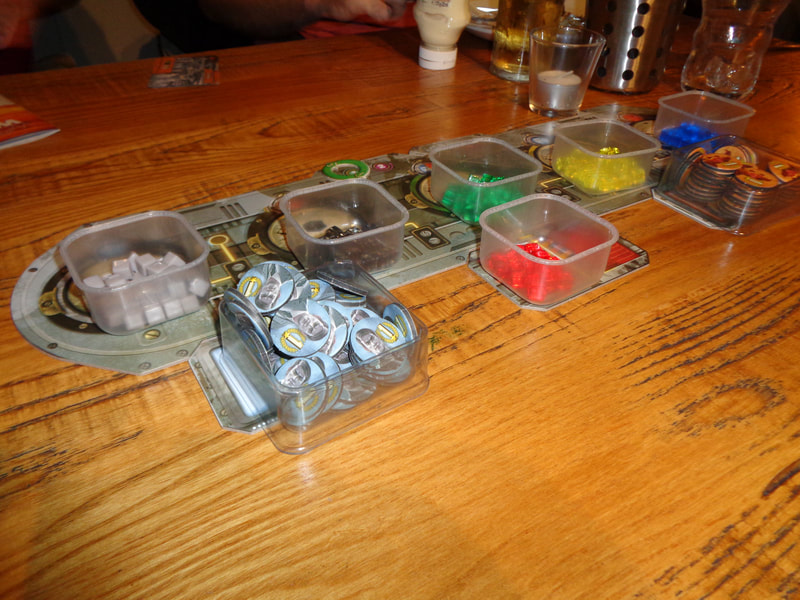
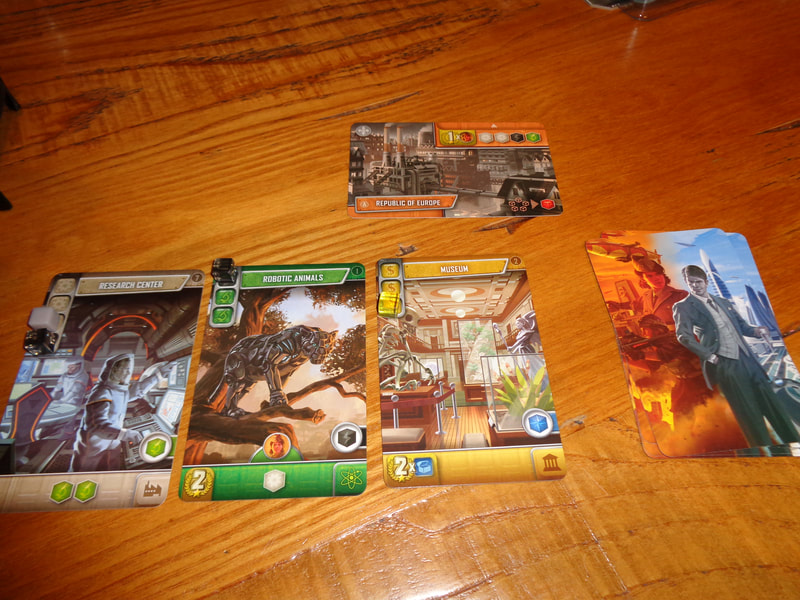
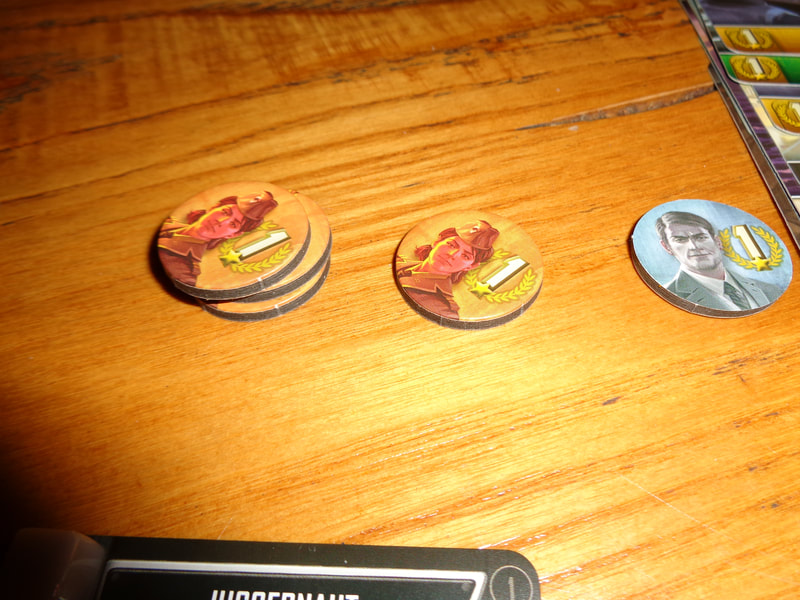
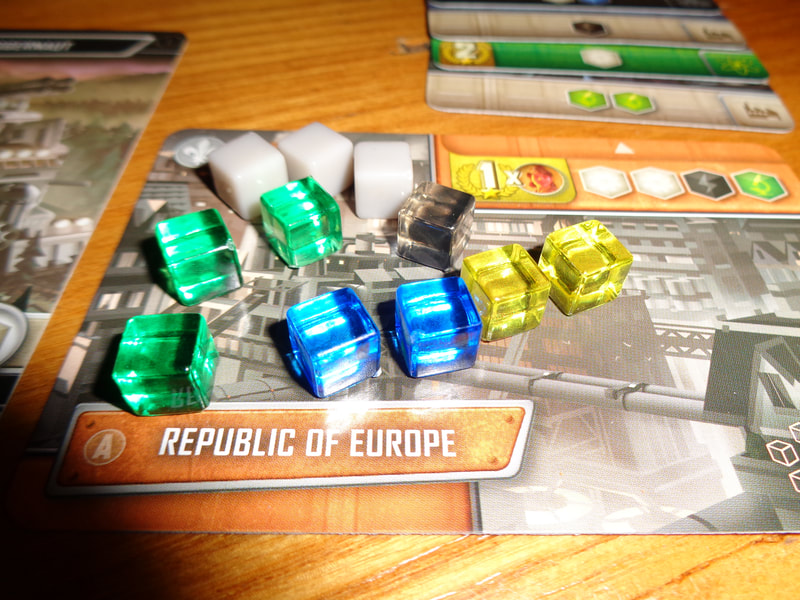
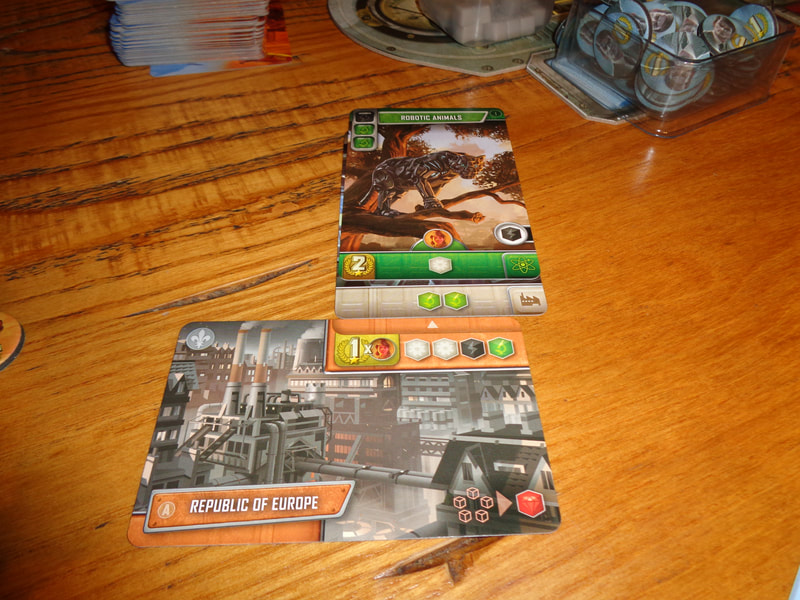
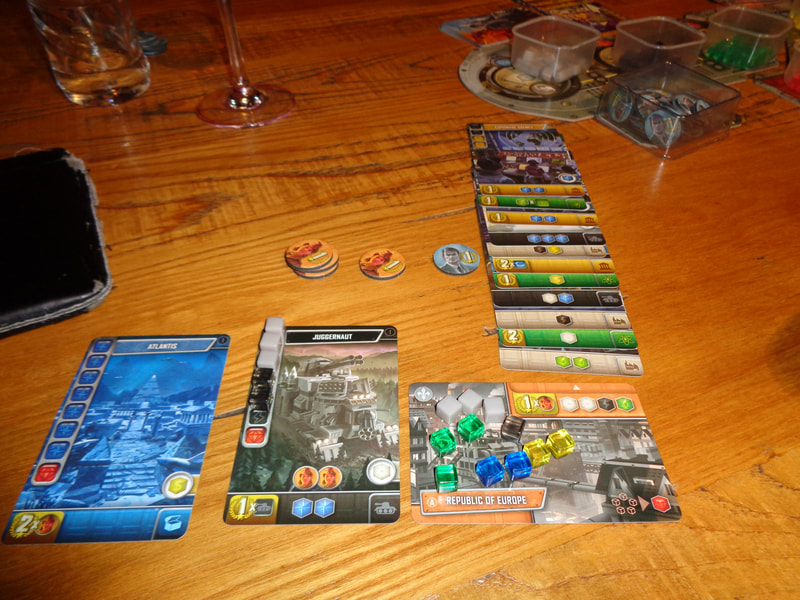
 RSS Feed
RSS Feed
